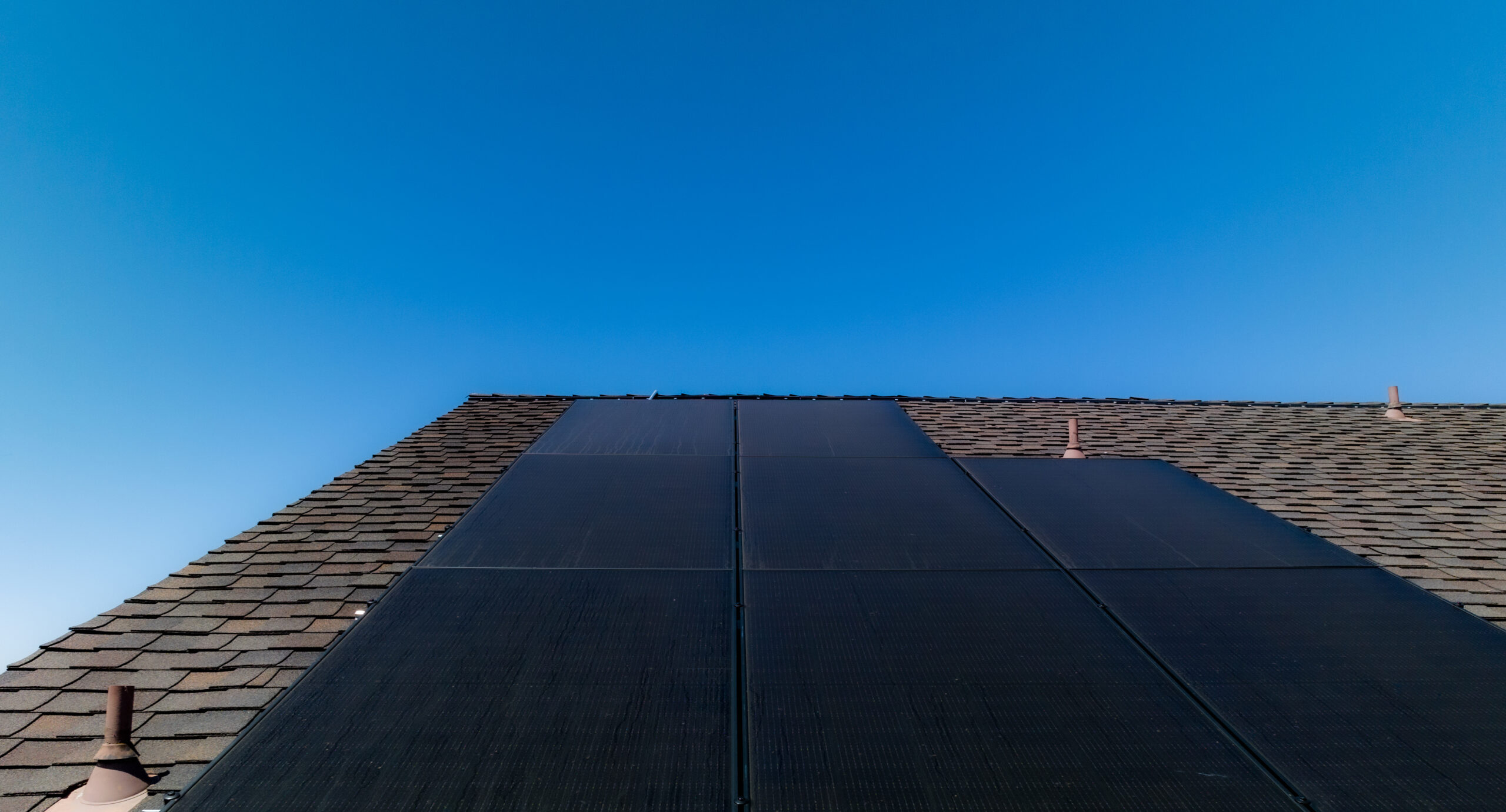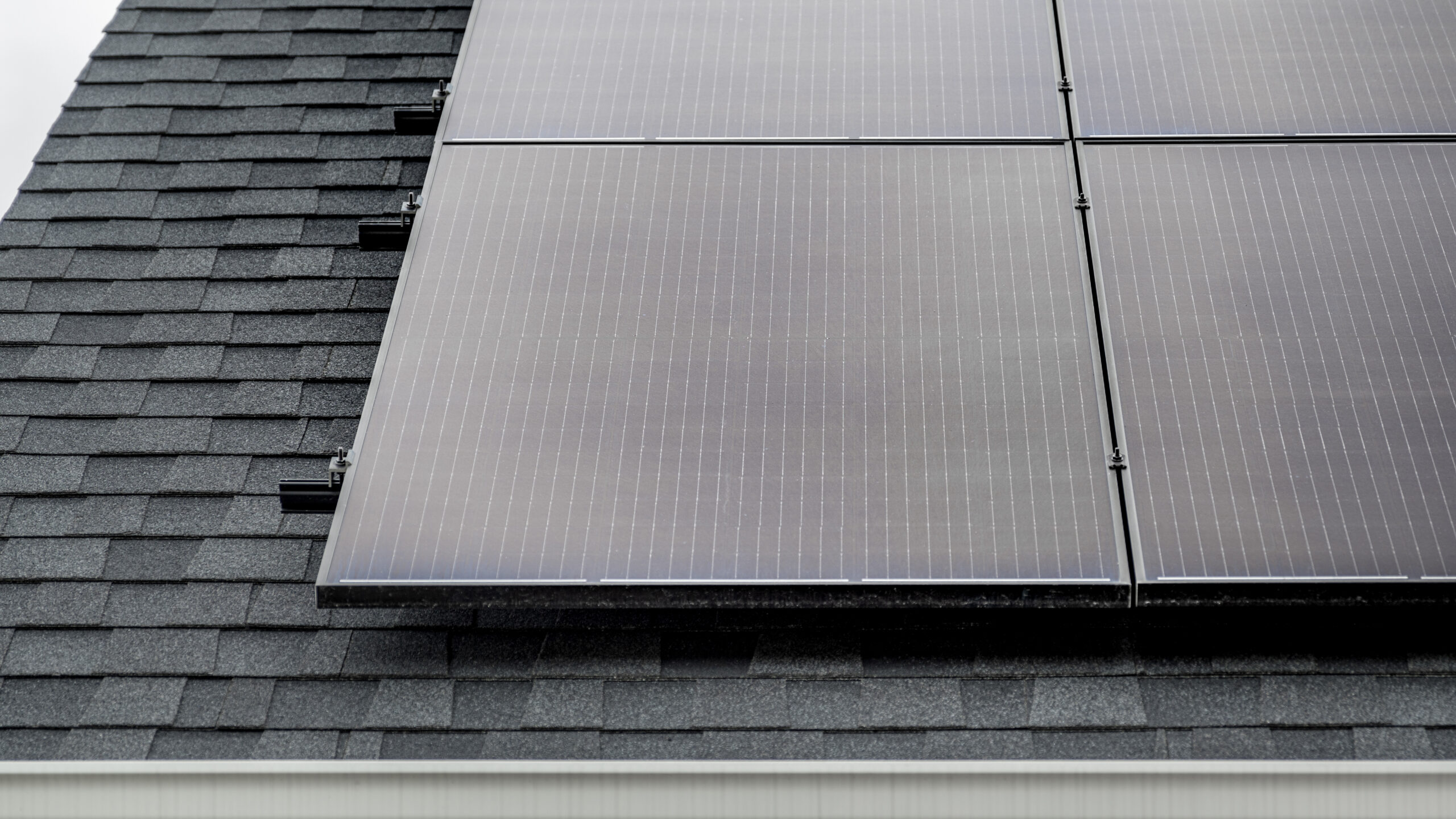Solar energy is a renewable source of power. Solar panels harvest the sun’s rays, turning daylight into usable electricity. The sun, therefore, is the world’s cleanest, most consistent and most cost-effective source of renewable energy, when harnessed correctly.
Home or business owners interested in embracing renewable energy should seriously consider solar power. Not only is it low-maintenance and affordable, but also among the lowest-carbon sources of power generation available.
What is ‘Renewable’ and ‘Non-Renewable’ Energy?
Renewable energy can be renewed, or is infinite. In other words, it does not run out. Non-renewable energy, on the other hand is finite, meaning that mankind could theoretically use it all up. Renewable energy constitutes energy sources such as wind power, solar power, tidal power and hydropower. Non-renewable energy is largely derived from the burning of fossil fuels, such as gas, coal and oil. Nuclear power is considered neither renewable nor non-renewable, but the energy industry tends to be divided on whether nuclear can be grouped as a clean source of power.
Solar Energy is Renewable
In the most literal sense, everything on earth is solar-powered. The coal we dig up from the ground first formed as trees millions of years ago; these trees then nurtured into life by the sun. Wind power is influenced by the earth’s orbit of the sun, and even nuclear power, generated by nuclear fission, emerges as a result of breaking down uranium atoms that owe their existence to the sun’s mighty radiation.
Photovoltaics is the effect of solar energy being harnessed by solar panels to create electricity. As long as the sun shines (which it will for approximately another 4.5 billion years, according to NASA), solar power via the photovoltaic effect is possible. This makes it the most infinite, renewable source of energy available to mankind. Solar panels do not produce greenhouse gases because no fossil fuels are burned in the process of producing energy. And while the manufacturing process of solar panels does currently rely on fossil fuels to a certain extent, the industry is taking increasing steps to lower its dependence on carbon-intensive production processes to make solar power even cleaner.
Environmental Benefits of Solar Energy
Because solar is a renewable energy source, the environmental benefits of solar energy are vast. The sun’s rays cleanly provide power to solar panels, creating carbon-free electricity consistently and reliably. As the world turns and the sun shines, solar power delivers.
Solar panels are manufactured in production facilities all over the globe. Increasingly, the manufacturing process is becoming more efficient and working its way towards carbon neutrality. Currently, the National Renewable Energy Laboratory (NREL) calculates that a solar system produces just 40g of carbon dioxide equivalent per kilowatt-hour (kWh) over its lifetime, compared to more than 1,000g carbon dioxide equivalent per kWh for coal plants.
Native Energy Source
Solar power is a native energy source, meaning all nations have free and unlimited access to it. Some countries are less well-blessed with solar irradiation than others, but essentially solar power does not need to be exported or imported, meaning that energy can be harnessed anywhere on the planet, even in countries like Scotland, and those in the very far north, such as Norway that see less amount of sunlight. Harnessing solar power can therefore be done independently by every nation, provided they have the means of accessing sufficient solar panels and an electricity grid or storage capable of handling the additional photovoltaic electricity.
Low Carbon Footprint
Solar is not only the most popular and affordable (among homeowners) source of electricity generation (in terms of price per kilowatt-hour), but it is also the most environmentally friendly option. While the production of the majority of solar panels does currently rely on some fossil fuel usage – due mostly to the coal-powered factories that refine the raw material needed for solar cells – a typical solar panel is carbon neutral within five years. That means that for the remaining 20 years of the panel’s warranted lifespan, it is generating electricity completely carbon free. Solar energy is the most affordable, accessible and easy way for homes and businesses to enjoy a low-carbon footprint.
Doesn’t Contaminate the Landscapes
All installed solar panel sites – be they on buildings, ground-mounted or floating – are typically non-intrusive and can, in some instances, be beneficial to local biodiversity. There is no chemical run off, no contamination of soil or water, and no risk of disruption during installation or decommissioning.
Does Solar Energy Harm the Environment?
Solar energy does not harm the environment. The manufacture of solar panels is energy intensive, but that process is increasingly carbon neutral, such as solar systems now powering solar cell and module factories in greater number. Solar panels need to be transported, so there are some environmental costs in using oil/gasoline to do so, but otherwise solar energy is the most environmentally friendly source of power generation available to us. And of course, once the solar panels are installed, there is no negative impact on the environment. As the sun shines, the electrons are energized, electricity is created cleanly and imperceptibly, and the consumer benefits from low bills and a reliable source of power.
How to Make Solar Energy More Eco-Friendly
Recycle the Materials
Solar modules can last more than 25 years, so the industry at large is not yet at a point where it needs to deal with end-of-life solar panels in mass. However, many programs exist all over the world that specifically handle the recycling of solar panels. On average, more than 80% of typical solar panels can be recycled, including the junction box, glass, silicon wafer, and most of the metals used within the framing. As the industry matures, we can expect that percentage of recyclable components to increase.
Rely on Solar Energy
Homes and businesses with solar energy systems installed can go completely “off-grid” and rely 100% on solar energy. With an adequately sized battery, solar + storage systems can manage the energy consumption needs of a premises, which essentially reduces that building’s carbon footprint to near zero thanks to the energy of the sun.
Sell the Surplus Energy
In some regions, any extra electricity generated by your solar system that is not consumed or stored in an onsite battery can be sold to your local electricity utility through a process called net metering. So not only can solar energy reduce your carbon footprint and lower your energy bills; it can also make you money. Alternatively, some regions offer Solar Renewable Energy Credits (SRECs), meaning that you get credits towards your bills when you contribute to your state’s grid electricity supply with your solar energy.





 USA & Canada
USA & Canada Korea
Korea Germany
Germany United Kingdom
United Kingdom France
France Italy
Italy Netherlands
Netherlands Greece
Greece Poland
Poland Portugal
Portugal Hungary
Hungary Spain
Spain Australia
Australia Japan
Japan